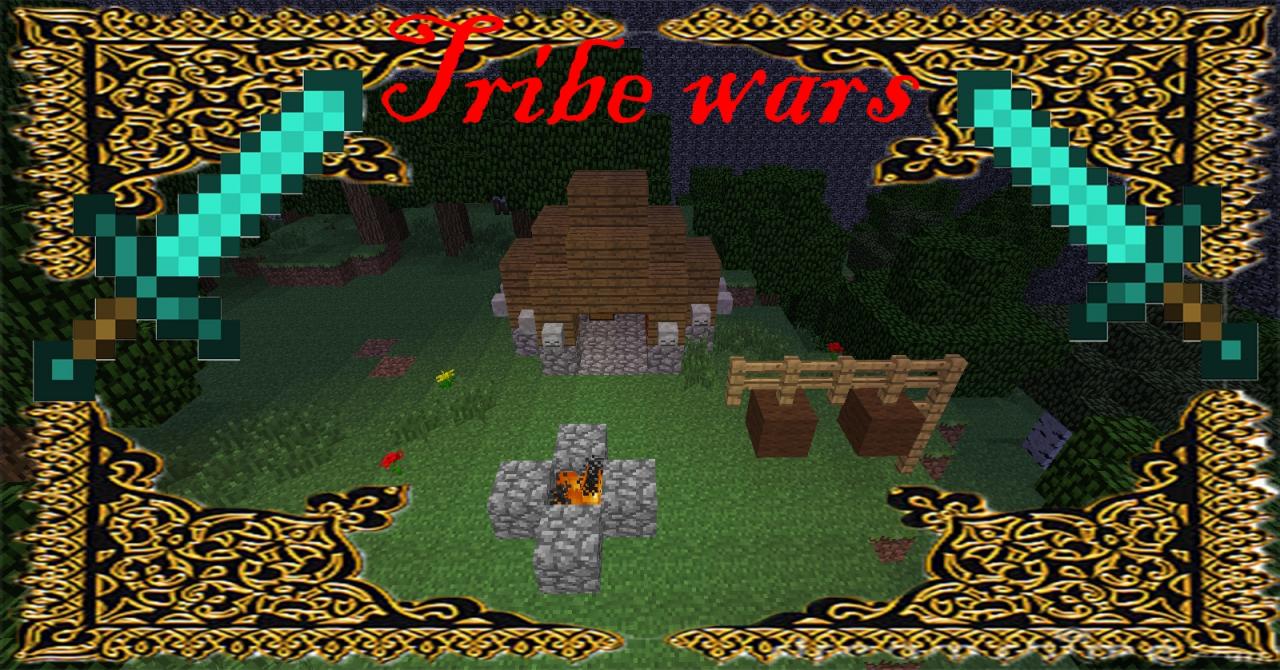
The white walls contrast beautifully against the dark wood of the windows, doors and the roof, built with palm logs, as the dim, diffused lighting turn the corridors into spectacular sights. The impressive Outer Palace is a two-storey building, with rooms opening onto a long veranda, designed to keep the structure cool. People can now walk through the very rooms that once housed the members of the ruling Al Nahyan family. Then, Qasr Al Hosn faded into oblivion.Īfter a restoration project undertaken by Abu Dhabi’s Department of Culture and Tourism that lasted for more than a decade, Qasr Al Hosn opened its doors to visitors at the end of 2018. It remained in the spotlight till 1966, when power was transferred from Sheikh Shakhbut bin Sultan Al Nahyan to his brother, Sheikh Zayed, who ruled over and lived in Al Ain, located about 160 km away from the island city.

Qasr Al Hosn welcomed a steady stream of visiting dignitaries, oil company executives and politicians. The discovery of oil, however, changed the history of Abu Dhabi, and the fortunes of its people forever. But the benefits of oil exploration took their time coming, with the first discovery being made only in 1958. The new palace catered to the growing administrative needs of the city, including more space for police and customs departments. A part of the proceeds were used to build a new palace enclosing the Qasr Al Hosn fort, tripling the size of the original site. In 1939, the first concession to oil companies was given by Sheikh Shakhbut bin Sultan Al Nahyan to begin explorations. It was also then that speculations were rife about Abu Dhabi having large oil reserves, and private corporations showing interest in drilling them. With the Great Depression of the 1930s shaking up powerful economies around the world, the First World War, and the growth of commercial pearling, it faced a period of immense hardships. Films, archival materials, larger-than-life photographs, interactive exhibits and audio stories take visitors on a surreal and captivating journey through the harsh realities of the desert, the life of the hardy Bedu, and their changing realities.ĭespite the glitz of modern Abu Dhabi, the city’s history was not always on a steady upward curve. Inside the Qasr Al Hosn complex, exhibits in the rooms of the Inner Fort trace the evolution of the complex from being a modest outpost to becoming the epicentre of Abu Dhabi. Its establishment was a vital turning point in Abu Dhabi’s story for if the seat of power had not shifted to the coast, the city’s history would possibly have been very different. For, this watchtower, built of palm tree logs, coral and rocks from the nearby ocean, was a symbol of humanity’s endurance in conditions that don’t support life, but inhibit it. I realised that history needn’t always be represented by grandiose structures. Word spread fast, and soon the area transformed into a small fishing village, the genesis of Abu Dhabi.Īs I looked at the immaculately preserved watchtower, with its smooth cream exterior, I marvelled at its simplicity and significance. Legend has it that in 1761, Bedouin hunters followed a deer from Liwa, an oasis in the south of Abu Dhabi, to the coast in the north, and discovered shallow water beds under the sand. The oldest structure in the Abu Dhabi island, Qasr Al Hosn, has witnessed the evolution of the city, including the union of the many tribes that roamed the lands, and the very formation of the United Arab Emirates. Inside, at the visitor centre, hung a black-and-white photograph from the 1970s, showing what the complex looked like then: A small fort with a watchtower, as tall as a three-storey building, standing in the midst of nothing but miles of barren land. Under an overcast sky, and in the late evening light, the newly renovated and illuminated Qasr Al Hosn complex, in the glass-and-steel heart of Abu Dhabi, looked resplendent as we made our way into it. Support is withdrawn on tribe change.Department of culture & tourism - Abu Dhabi. Tribe membership is checked both when support is sent and on arrival.

Supporting villages outside player's tribe is not possible. Restricted sitter access after an account has been sat 30 days within the last 60 days.Īctive, time restriction based on the start of the individual player The scout can report troops, buildings, resources and foreign unitsĪttacks vs tribe members turn into visits and thus do not deal any damage


 0 kommentar(er)
0 kommentar(er)
